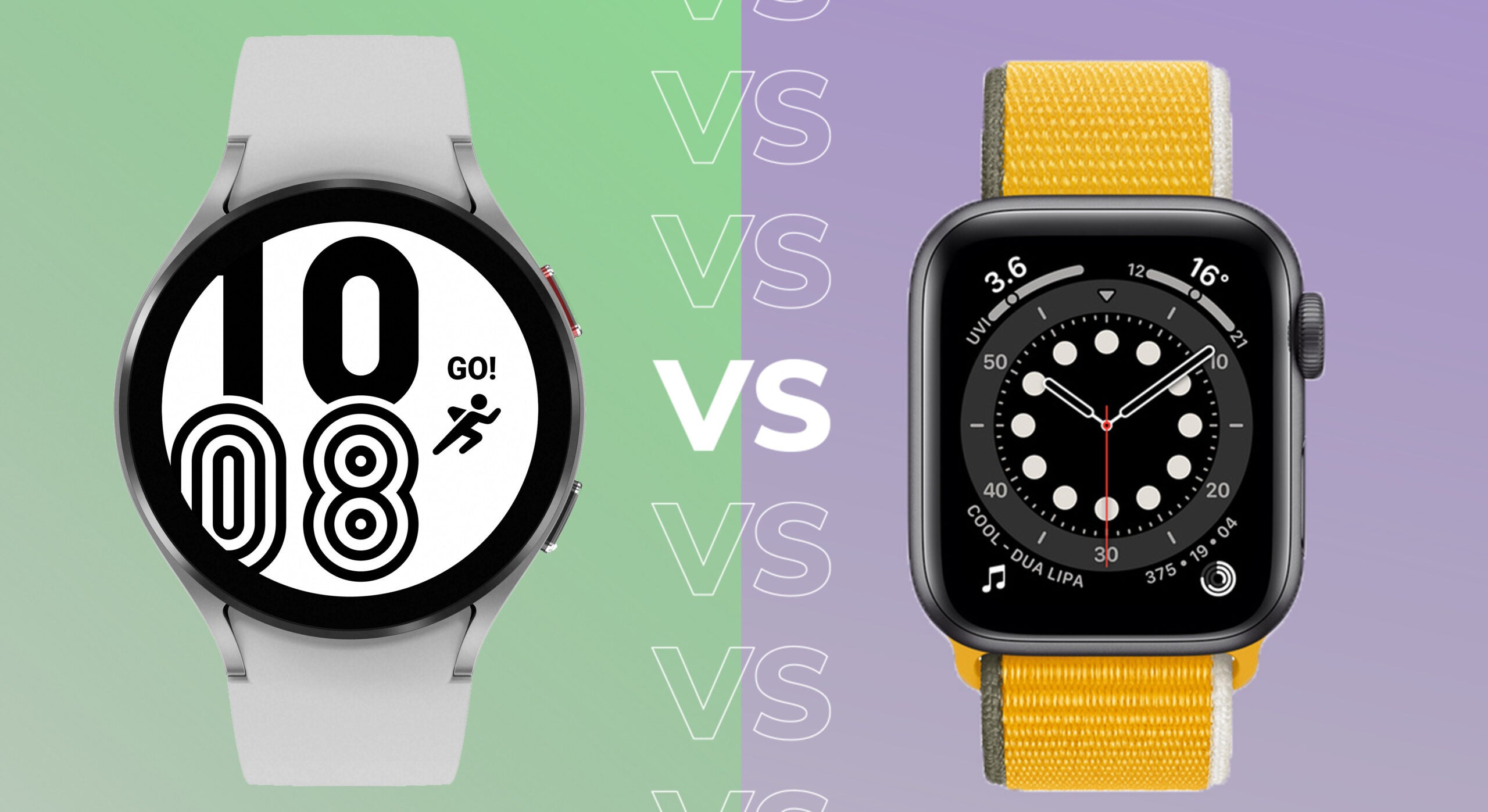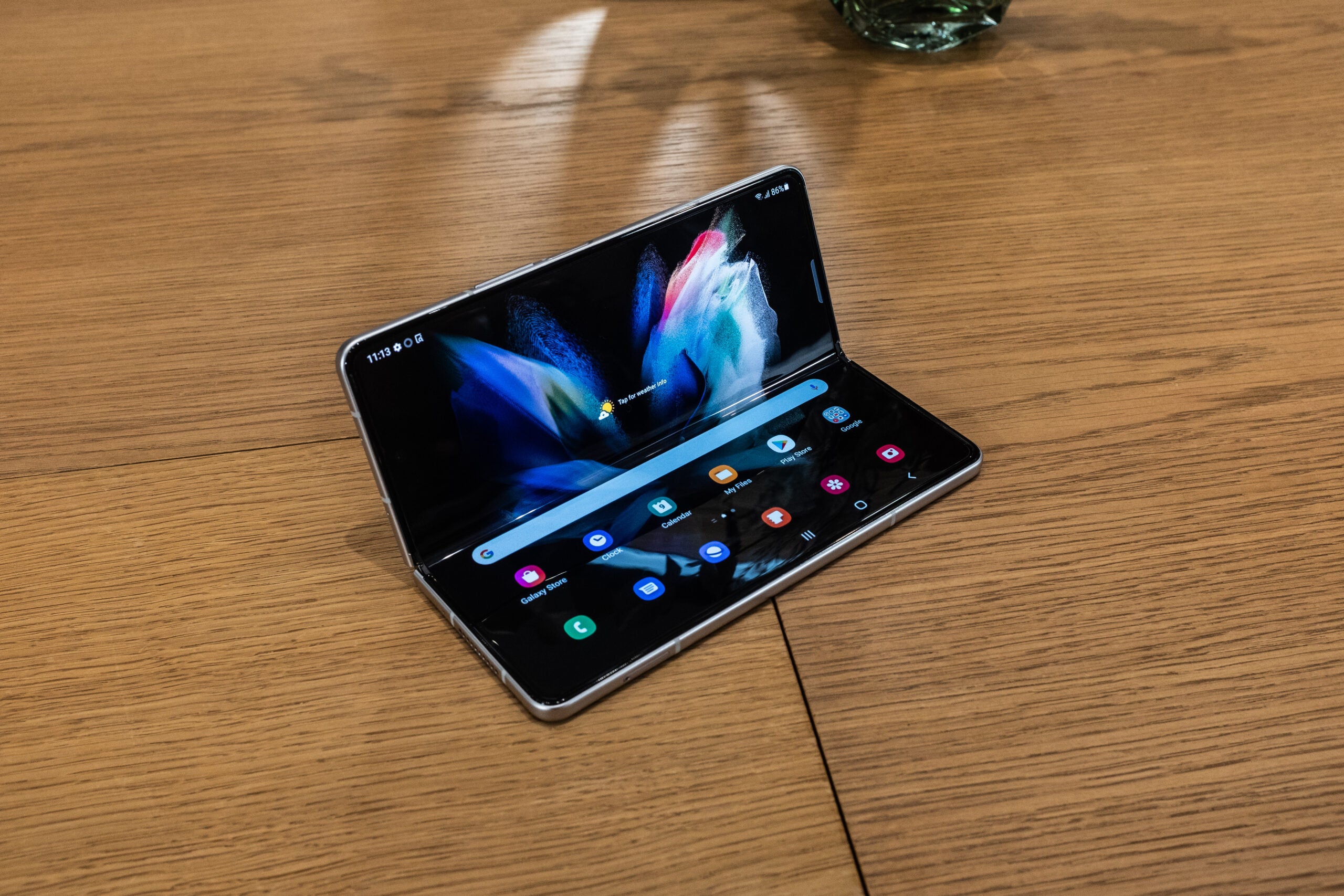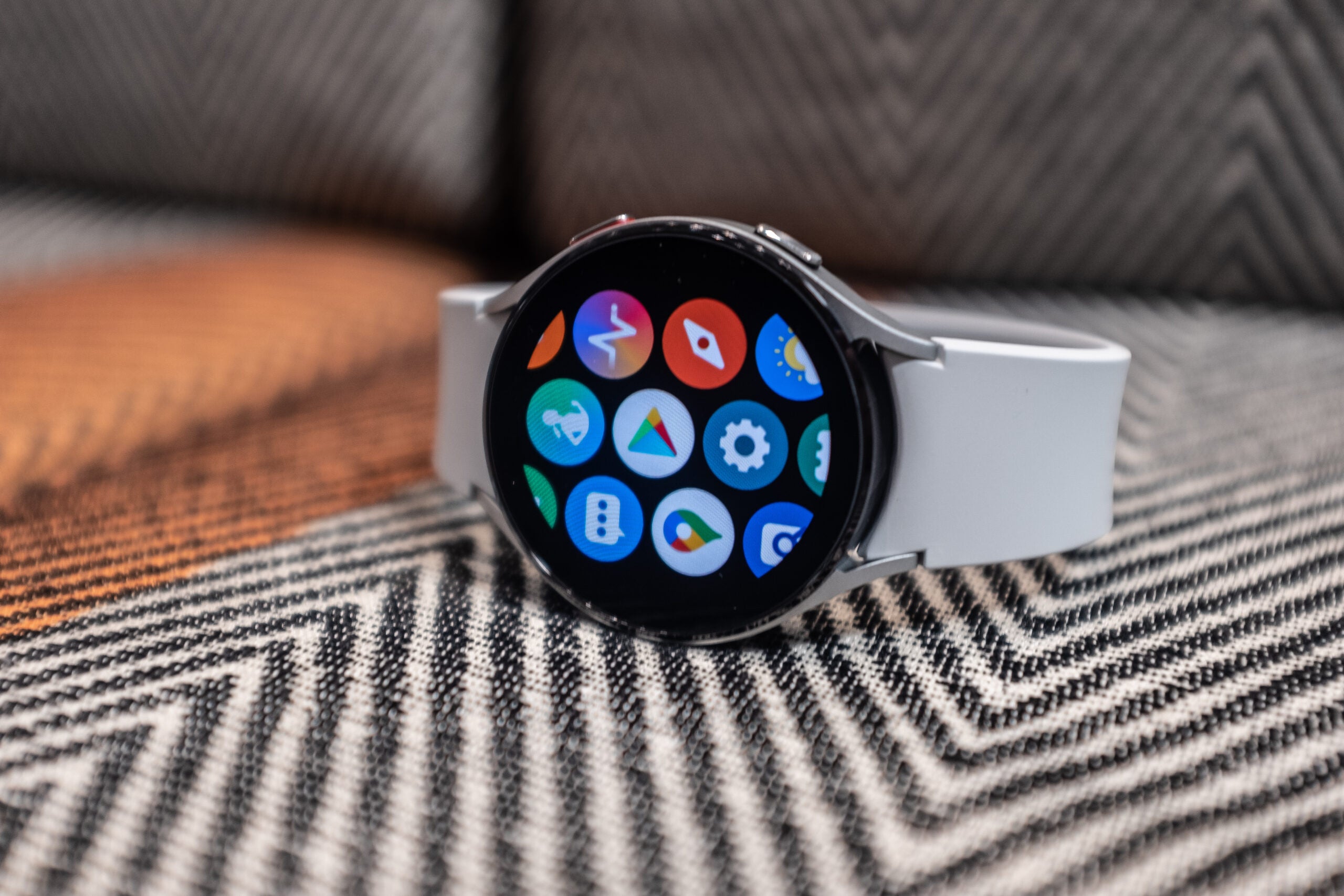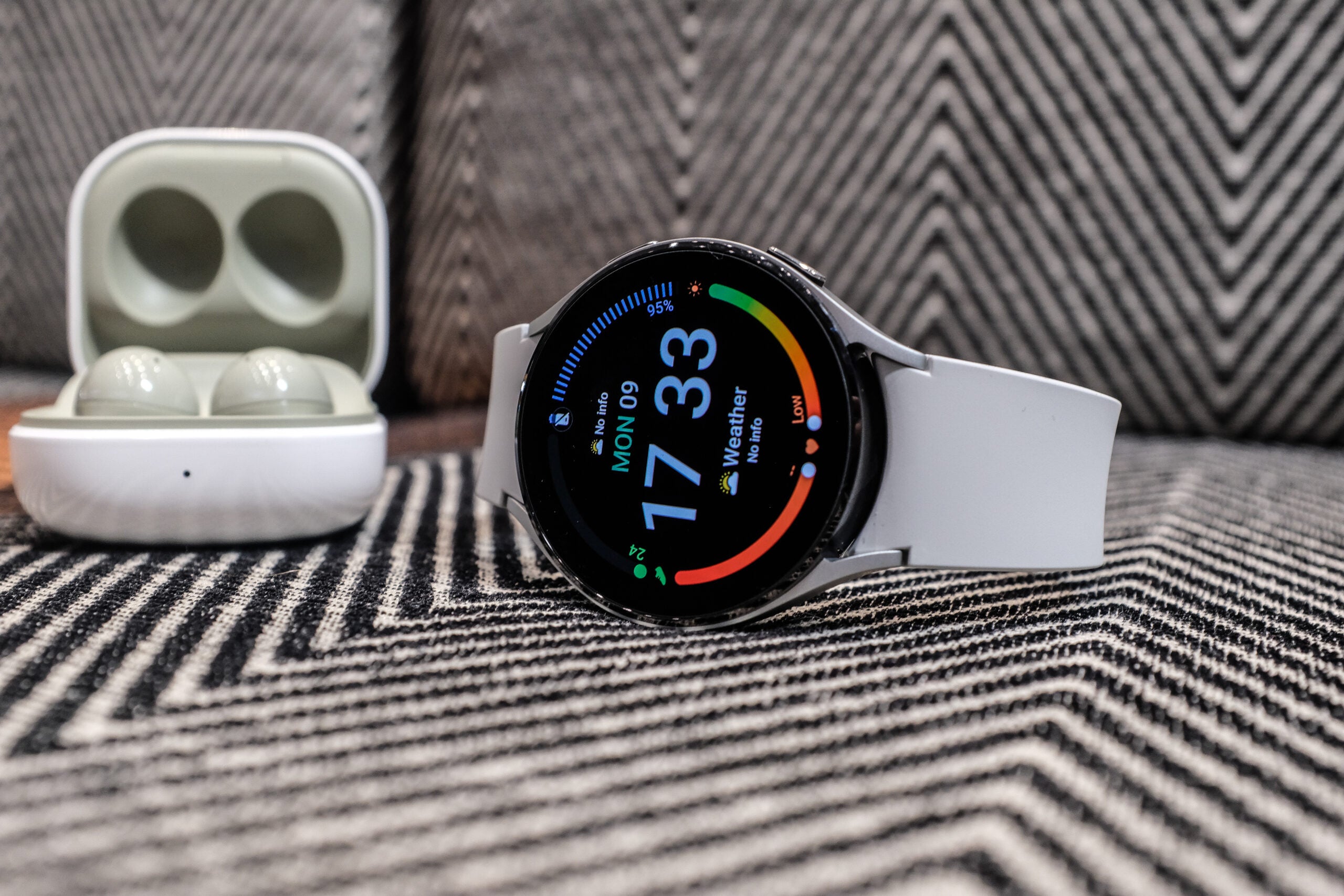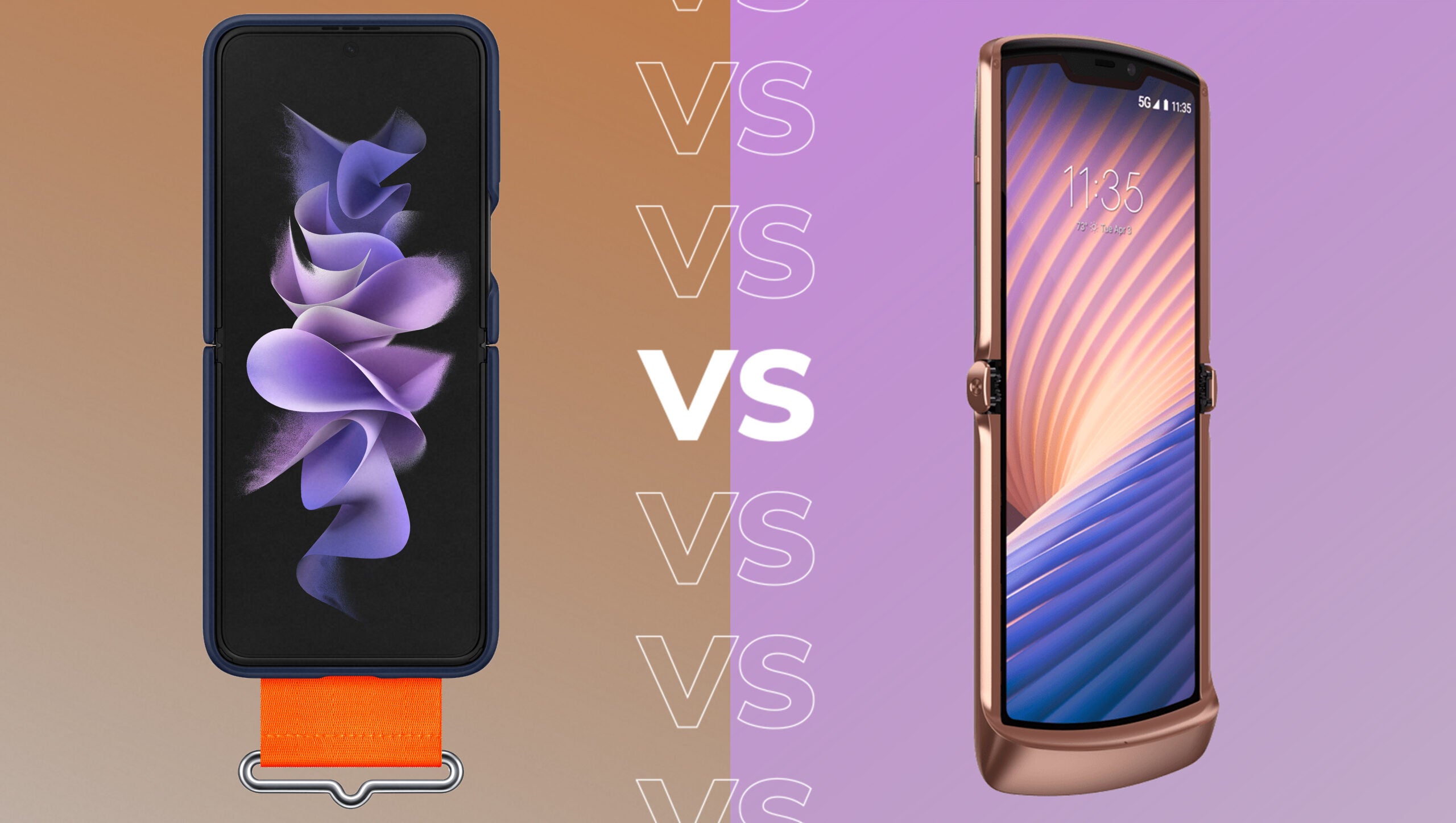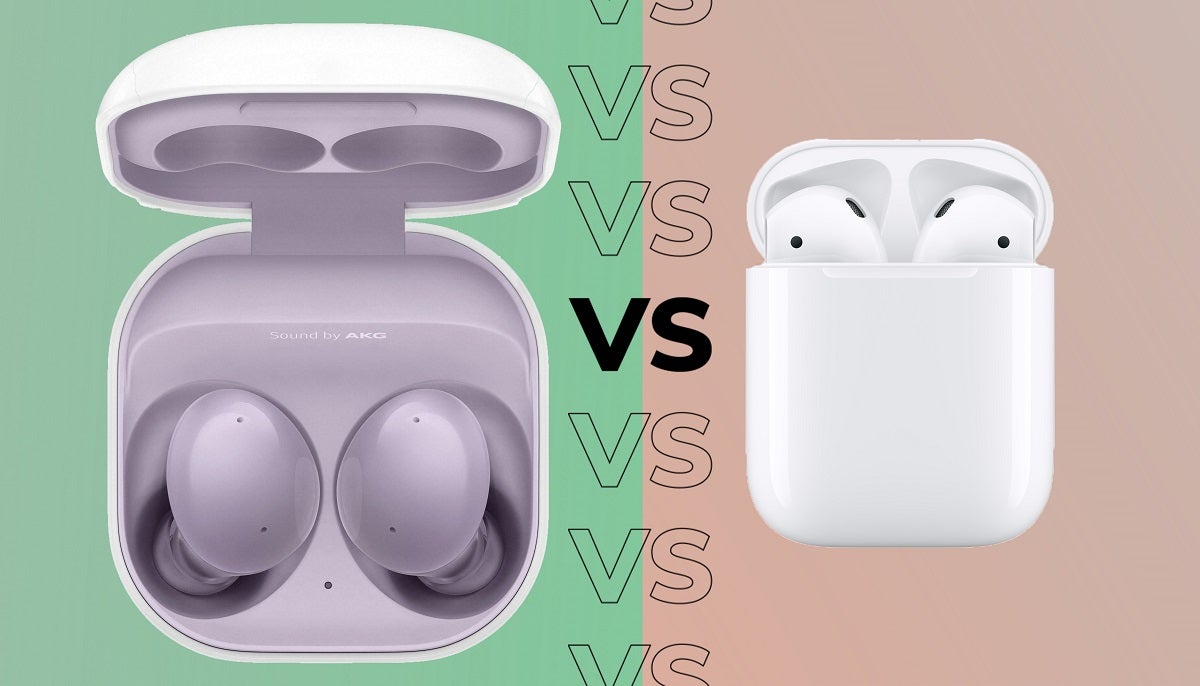Galaxy Watch 4 vs Galaxy Watch 3: How does Samsung’s new wearable hold up?
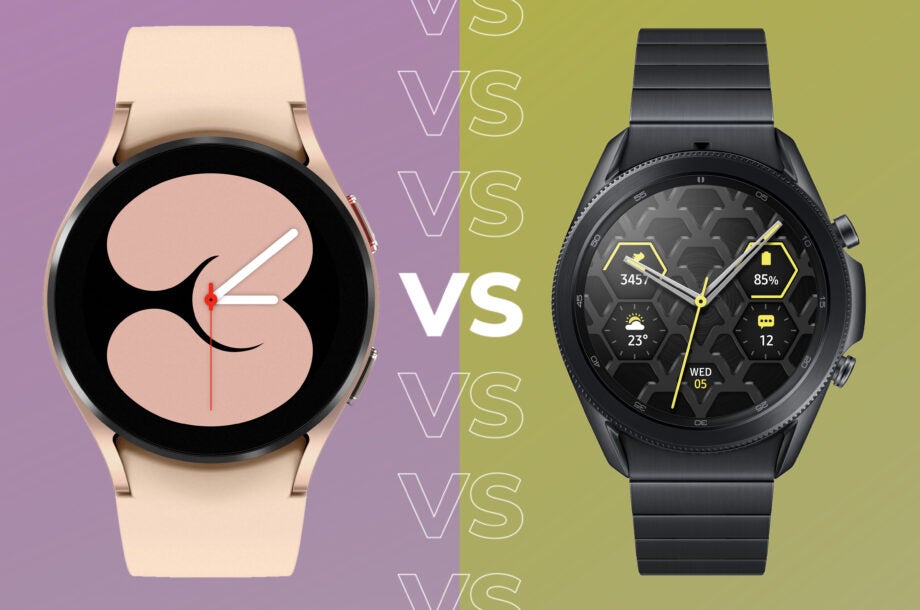
After a bunch of leaks, rumours and more, the Samsung Galaxy Watch 4 has finally been unveiled – but how does it stack up against Samsung’s existing flagship? Let’s run through it.
The Samsung Galaxy Watch 3 was one of last year’s best smartwatches, but a lot has changed in that time, not the least of which is Samsung’s unprecedented partnership with Google to make a hybrid platform combining the best of Tizen with the better bits of Wear OS.
Another change is that Samsung has decided to release not one, but two watches for the 2021 line-up, but to keep things simple this comparison will focus exclusively on the cheaper Samsung Galaxy Watch 4. If you want to know more about the alternative, then feel free to check out our Galaxy Watch 4 vs Galaxy Watch 4 Classic comparison.
Goodbye Tizen, hello Wear OS
The biggest and most obvious different between these two wearables is that the Galaxy Watch 4 is the first smartwatch ever to feature Google’s revamped version of Wear OS, with an exclusive skin on top known as One UI Watch. This system packs in so much that it’s hard to know where to start.
Galaxy Watch staples such as Samsung Pay and offline Spotify support return, but now you also have Google Pay, Google Maps, and automatic app downloading that syncs with the library on your smartphone, just to name a few features.
Faster speeds courtesy of a 5nm processor
One of the highlights of the new Wear OS is its increase in speed, but this leap is powered by a new 5nm processing unit inside the Galaxy Watch 4. This new chipset is 20% faster than before, while the GPU is a whopping 10x faster than the one found in the Galaxy Watch 3.
In real-world usage, this should allow the Galaxy Watch 4 to handle multiple apps simultaneously without breaking a sweat – something that can be quite handy if you’re listening to Spotify whilst tracking a run for example.
A whole new approach to fitness tracking
For the Galaxy Watch 4, Samsung has mirrored the movement of other companies like Fitbit to move beyond fitness tracking and into the world of health tracking. This is emplified by the new BioActive sensor that analyses your optical heart rate, electrical heart rate and bioelectrical impedence.
Aside from more accurate stats where blood pressure and blood oxygen are concerned, this new sensor also allows the Watch 4 to conduct a Body Composition measurement that can assess your fat percentage, muscle mass and body water levels, all of which play key roles in determining your overall health.
Plus, this is without mentioning the fact that the Galaxy Watch 4 boasts a more ‘Active’ design than its predecessor, with a water resistant band included right out of the box.
Better screen resolution
To make One UI really pop, Samsung has lobbed both the 40 and 44mm versions of the Galaxy Watch 4 with a noticeably higher screen resolution. Starting out with 396×396 on the 40mm, that’s an impressive leap over the 360×360 resolution of the entry-level Galaxy Watch 3.
The rotating bezel has gone digital
One of the most defining features of the Galaxy Watch 3 was its rotating bezel which made for easy navigation, and while it does return, it’s only available on the pricier Galaxy Watch 4 Classic.
For the Galaxy Watch 4, Samsung has opted for a less cumbersome alternative in the form of a digital rotating bezel that watches the movement of the user’s finger as it moves across the surface. The change might not be to everyone’s tastes, but as least the physical component isn’t gone completely from this year’s wearables.
Will you be upgrading to the Galaxy Watch 4? Let us know on Facebook and Twitter @TrustedReviews.


